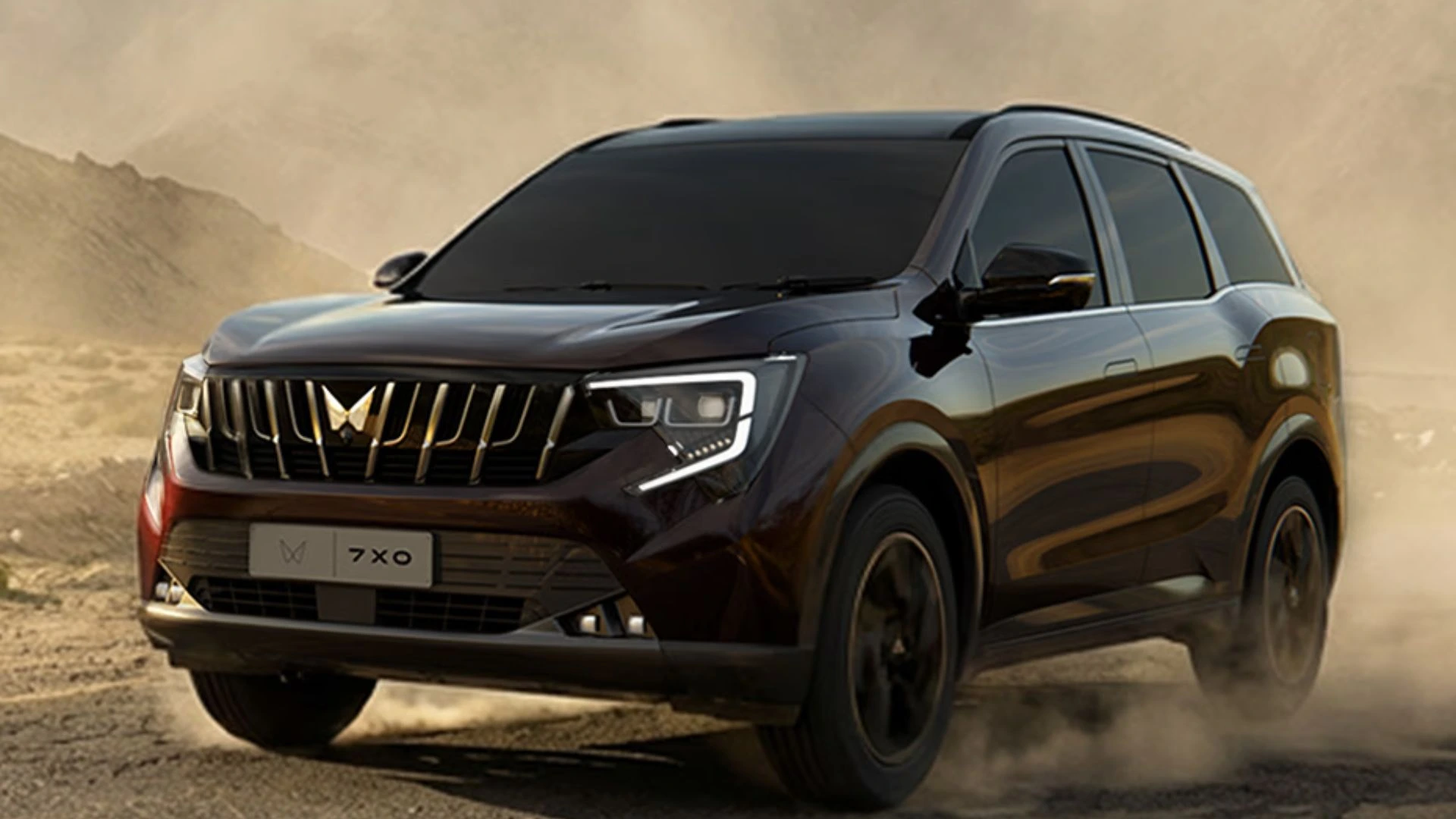Finding the Best Transmission System for Your Vehicle
Looking for the best transmission system for your vehicle? Finding the perfect gearbox transmission that suits your car can be a major challenge. To address this challenge, we provide a comprehensive look at the Dual Clutch Transmission (DCT) with its technologically advanced features. This automatic gearbox system eliminates the need for drivers to manually shift gears.
What Is a DCT Transmission System?
A DCT Transmission, also known as a direct-shift gearbox or twin-clutch, is an advanced technology featuring multiple shafts, clutches, and gears. It uses two independent clutches for seamless gear changes. This system has been gaining popularity in the Indian market, offering high-speed gear shifts and performance similar to a manual gearbox. A car with a DCT transmission delivers smoother and faster gear changes compared to traditional automatic gearboxes that use a torque converter.
Also Read: Buying a new car? Manual or automatic, what to choose?

Advantages of a DCT System in Your Car
A Dual Clutch Transmission system combines two manual transmissions controlled automatically, providing benefits of both manual and automated transmissions. Here are its key advantages:
Versatile Configuration:
A dual-clutch gearbox allows you to choose from various driving modes, such as manual, sport, and economy, offering greater driving versatility.
Improved Fuel Economy:
DCTs reduce the time between gear changes, improving fuel economy and efficiency. This leads to cost savings due to lower fuel consumption.
Optimum Performance:
DCTs often deliver smoother performance compared to automatic and manual transmissions, enabling lightning-fast gear shifts for rapid acceleration. Vehicles with a 7-speed DCT provide an enhanced driving experience.
Challenges of Dual Clutch Transmission (DCT) Systems
While DCTs offer numerous benefits, they also come with certain drawbacks:
Heat Generation:
DCTs can generate significant heat due to increased friction and multiple clutch engagements, requiring efficient cooling systems to maintain optimal operating temperatures.

Expensive and Complex:
The multiple shafts in a DCT gearbox make it a complex system, leading to higher maintenance and manufacturing costs.
Impact of DCT Systems on the Automotive Industry
The introduction of automatic dual-clutch transmission systems has revolutionized the automotive industry. By minimizing energy losses and maximizing power delivery, DCTs enable quicker and more precise gear changes, reducing power interruptions during shifts. As technology advances and manufacturers address the challenges of DCT systems, their influence on the future of automotive transmissions continues to be significant.
Bottom Line
Understanding the benefits and challenges of DCT transmission systems can help you make an informed decision for your vehicle. DCTs use two clutches and sophisticated control systems to provide smooth power delivery and quick gear changes, offering a superior driving experience as highlighted in this overview.
Also Read: What is Automatic Transmission & Its Benefits? How does it work?









_1767695889.webp)

_1767604257.webp)